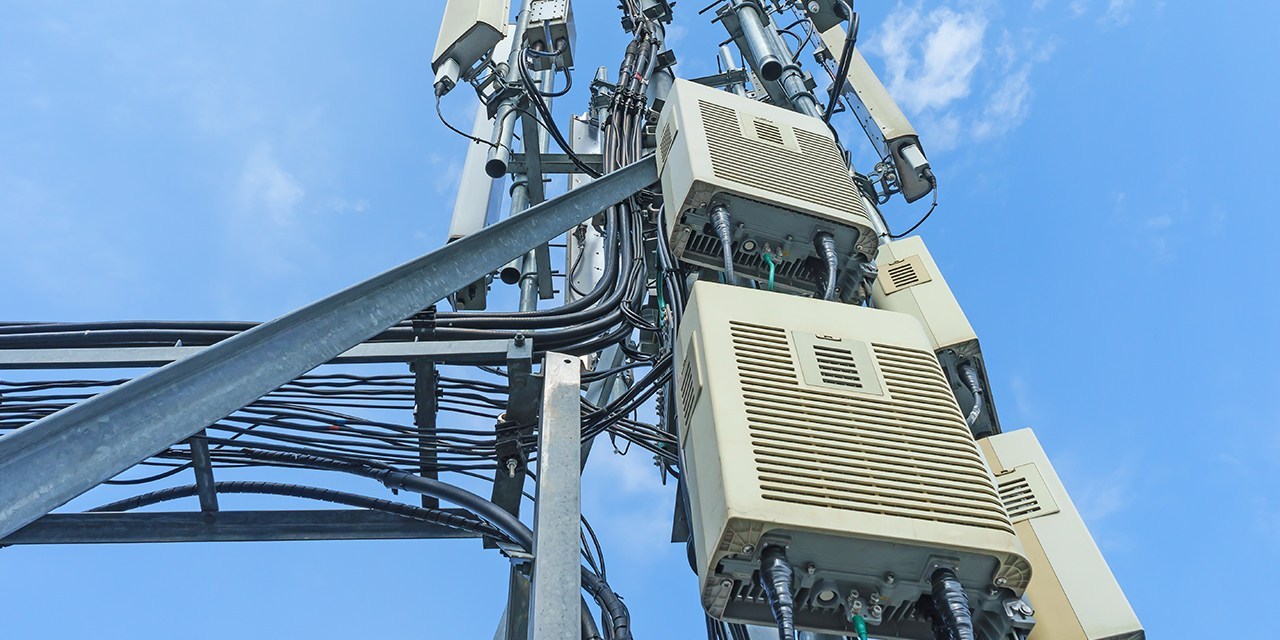Contact us :


A cellular Distributed Antenna System, or DAS, enhances coverage inside a building. Now more than ever, indoor cellular coverage has become a necessity for businesses, schools, and individuals alike. When indoor cellular coverage fails, Pacific DAS can determine the most practical and effective solution for your building.
A DAS is a network of antennas and cables that are strategically placed throughout a building and connected to a device usually referred to as the head-end or signal booster. A signal source will bring cellular signal through the head-end to these antennas to provide coverage throughout the building. The signal source will vary depending on factors such as building size, location, type of occupancy, and budget. Signal sources can include off-air, base stations, small cells, and other radio transmitting equipment.
An off-air DAS uses antennas located on the roof to capture the signal from nearby cell sites. It brings this signal into the head-end or booster for transmission into the DAS. Off-air systems can be simply and quickly deployed, especially in smaller buildings. Some systems are low-powered and self-diagnosing, allowing them to be installed without carrier approval. More robust systems for larger facilities may also use an off-air signal but need to be coordinated and approved by each carrier prior to installation. Pacific DAS will work with the carriers on behalf of the building owner.
Active DAS is typically used in larger venues, spaces with a large concentration of users, or where users have high bandwidth requirements. This system typically uses fiber optic or ethernet cables to connect multiple remote devices to the head-end. Each device distributes the signal to a certain portion of the building, resulting in reliable, balanced coverage. As an alternative to receiving signals off-air, signal sources for an active DAS can be RF devices located within the facility and connected to the carrier’s central office either with fiber or internet connections. BTS, small cells, and spider cloud are some of the RF devices in use that must be approved by the carriers prior to installation. These systems typically take longer to deploy as they go through the carrier approval process but provide a much higher level of service.
Pacific DAS can recommend the solution that best fits your needs. We design and install systems for buildings of all sizes, whether it’s for a single carrier or multiple carriers. We offer full building systems as well as basic systems for individual tenants that are quickly and easily deployed and don’t require carrier approval. We will work with the carriers of your choice to provide an approved system design and smooth installation.
| Cookie | Duration | Description |
|---|---|---|
| cookielawinfo-checkbox-analytics | 11 months | This cookie is set by GDPR Cookie Consent plugin. The cookie is used to store the user consent for the cookies in the category "Analytics". |
| cookielawinfo-checkbox-functional | 11 months | The cookie is set by GDPR cookie consent to record the user consent for the cookies in the category "Functional". |
| cookielawinfo-checkbox-necessary | 11 months | This cookie is set by GDPR Cookie Consent plugin. The cookies is used to store the user consent for the cookies in the category "Necessary". |
| cookielawinfo-checkbox-others | 11 months | This cookie is set by GDPR Cookie Consent plugin. The cookie is used to store the user consent for the cookies in the category "Other. |
| cookielawinfo-checkbox-performance | 11 months | This cookie is set by GDPR Cookie Consent plugin. The cookie is used to store the user consent for the cookies in the category "Performance". |
| viewed_cookie_policy | 11 months | The cookie is set by the GDPR Cookie Consent plugin and is used to store whether or not user has consented to the use of cookies. It does not store any personal data. |
